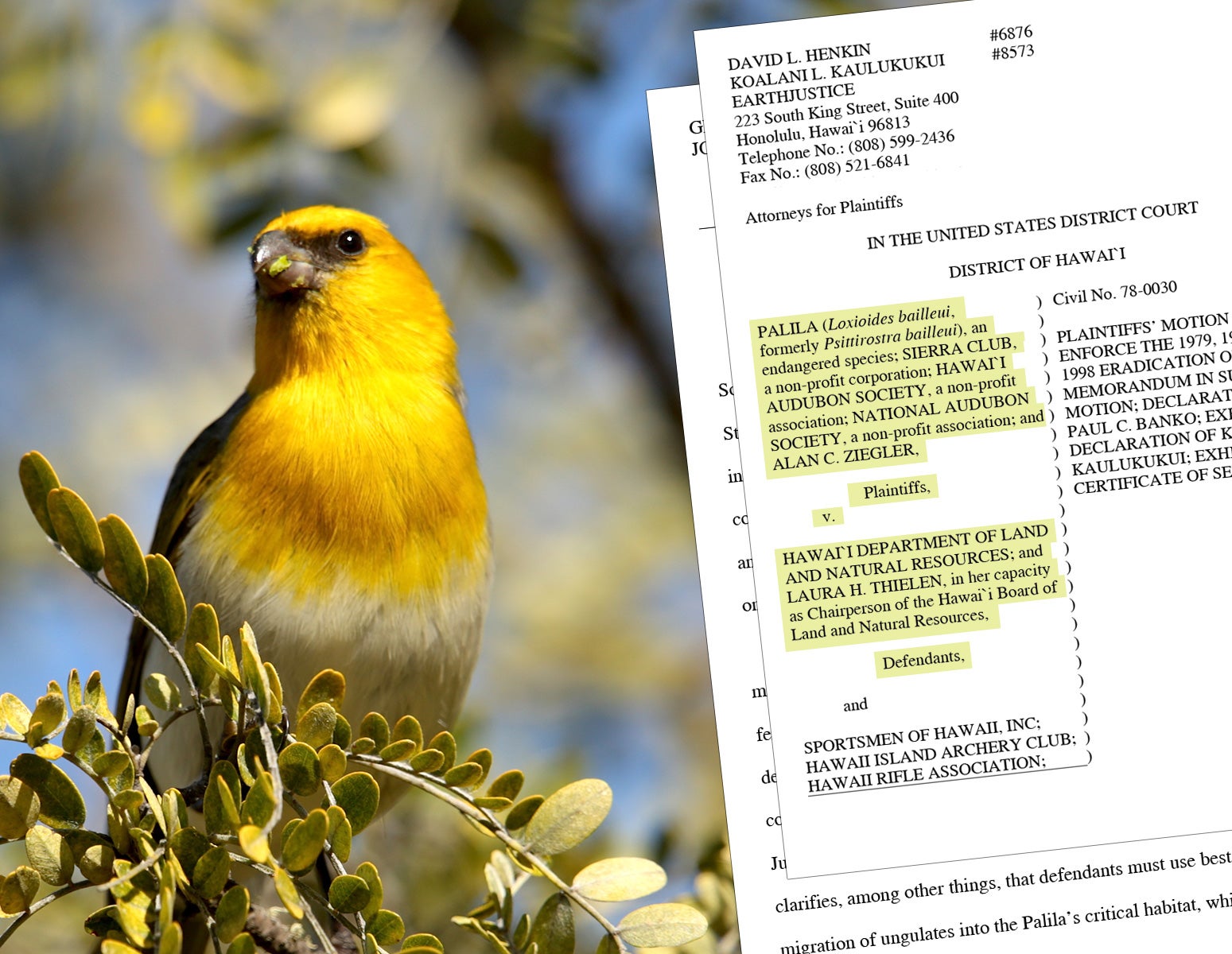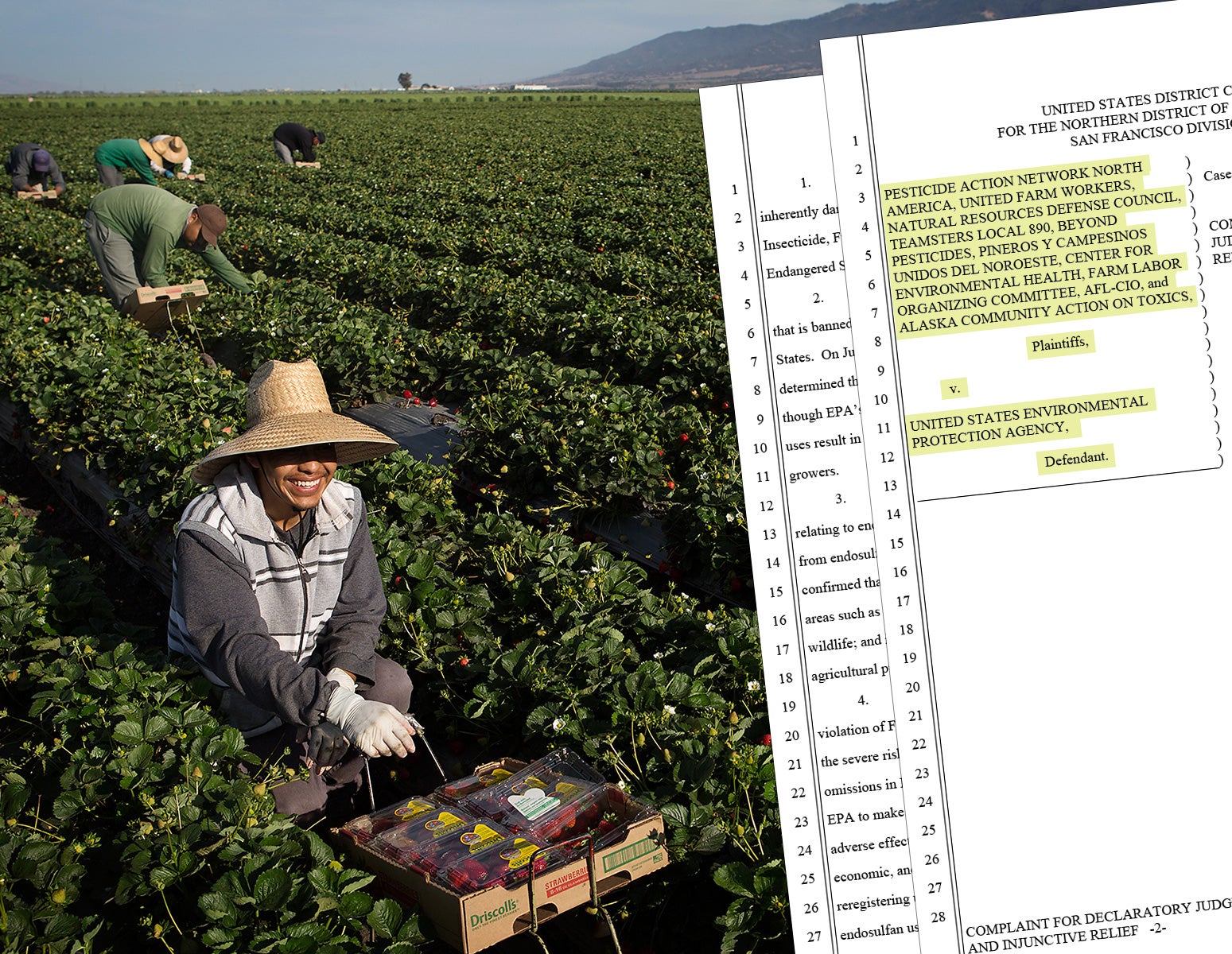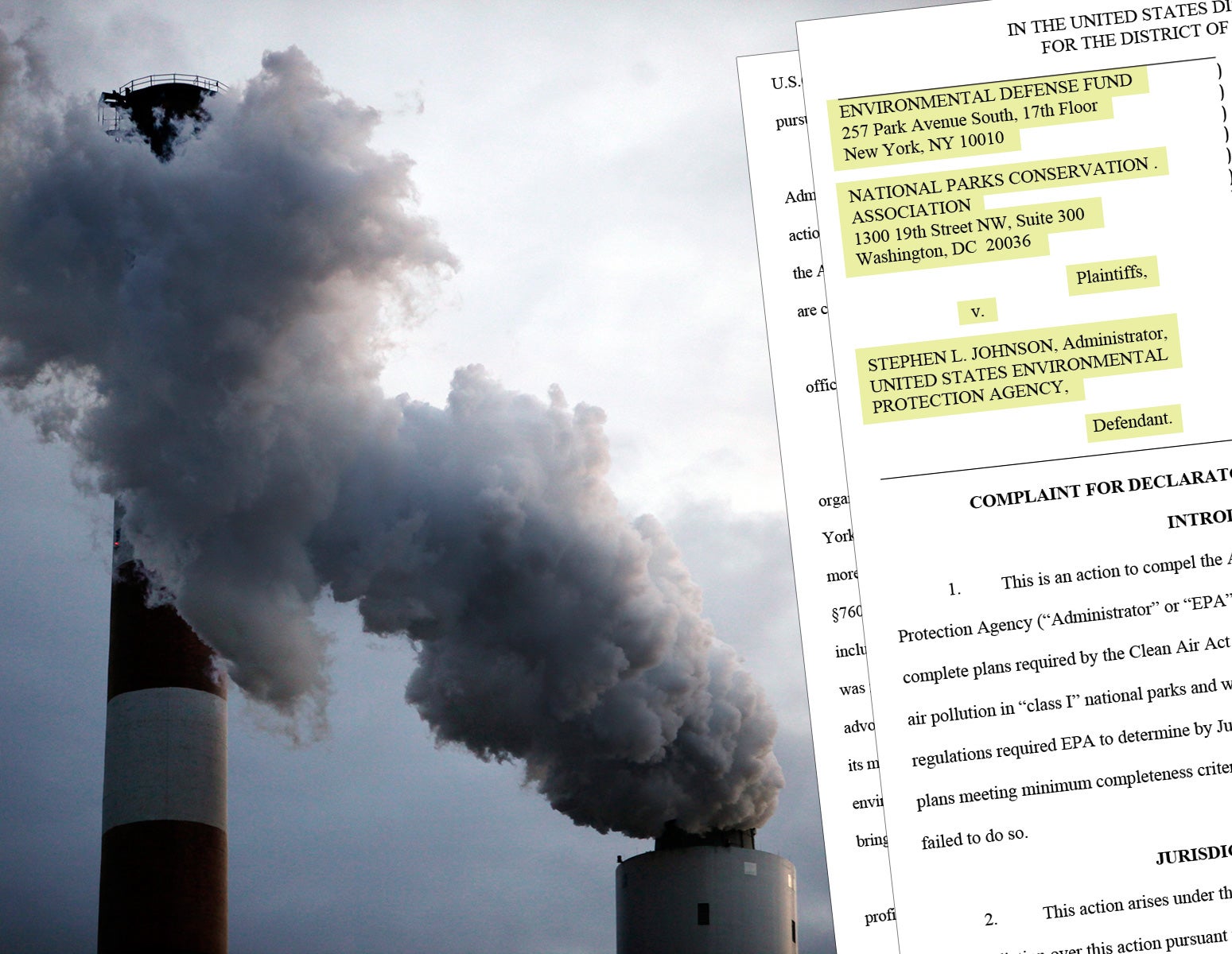At Earthjustice, we’re more than just lawyers in a courtroom. We go to court for the future of our planet. With unparalleled legal and policy expertise, we face off against big interests with deep pockets — and win.
Victory Case Study
For Coal Ash, The Winds Are Shifting
Recently disclosed data and a major court ruling bring new hope for communities. Read the case study.
Landmark Victories
Earthjustice was founded on the belief that everyone has the right to a healthy environment.
From our early days with a handful of lawyers, to today, as the nation’s premier nonprofit environmental law organization with more than a hundred full-time lawyers on staff and a deep bench of unmatched environmental legal expertise, we’ve taken thousands of legal actions on behalf of our planet and the life that depends on it.
We blaze a path forward for those with the odds stacked against them. We were there when our nation's landmark environmental laws — the Clean Air Act, Clean Water Act, Endangered Species Act — were enacted. We're still here today, enforcing the law and ensuring the judicial system is available for anyone and anything deserving of justice.
Some of our proudest accomplishments produced these results:
We’re a nonprofit in the business of building a better future.
Clean air.
Clean water.
Wild places.
At Earthjustice, we think they’re worth fighting for.


